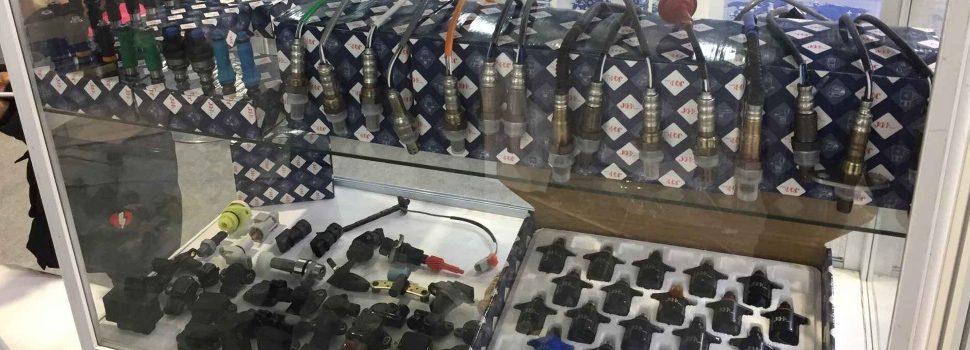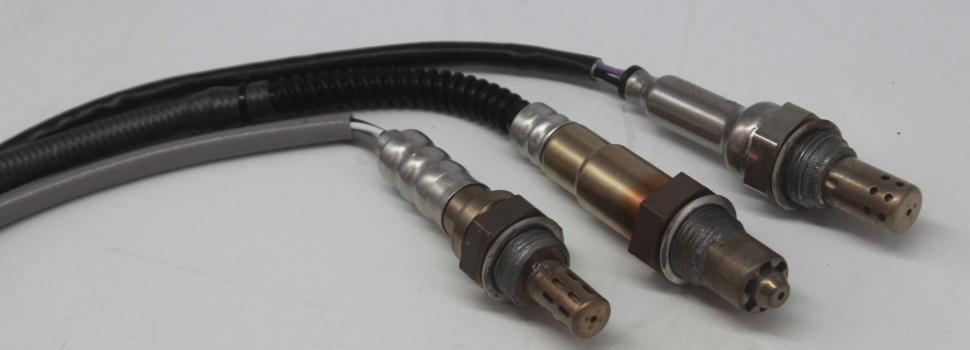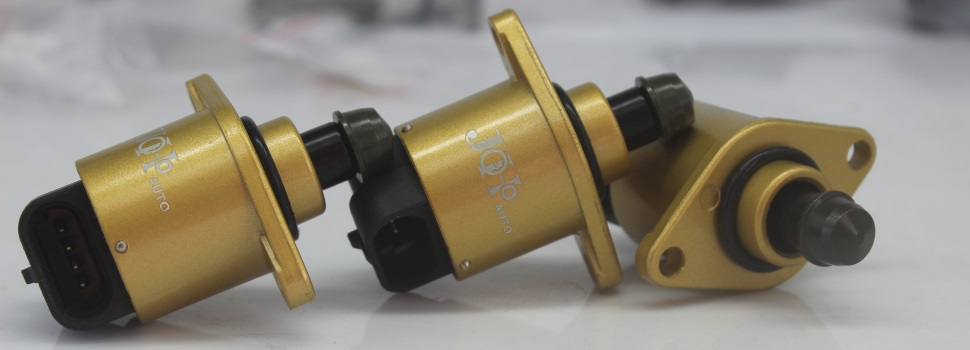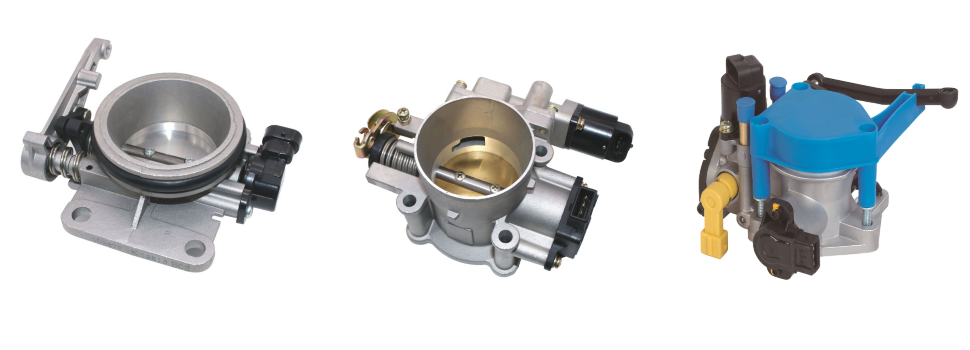JB, Glas et al; EPAGE II Study Group. Synopsis of results from sensitivity analyses depending on risk of bias, patient population and reference standard used for the diagnosis of colorectal cancer and advanced neoplasia, eTable 2. In the colonoscopy group, the number of new colorectal cancers diagnosed went up sharply in the first 6 months or so after a positive FIT result and leveled off after that. FIT has now supplanted gFOBT in the pathway for symptomatic patients. L, J, Kallenberg Fecal immunochemical test (FIT) or immunochemical FOBT. Hunt Screening and surveillance for the early detection of colorectal cancer and adenomatous polyps, 2008: a joint guideline from the American Cancer Society, the US Multi-Society Task Force on Colorectal Cancer, and the American College of Radiology. C, Zubiaurre van Rossum Critical revision of the manuscript for important intellectual content: All authors. In the case of permitted digital reproduction, please credit the National Cancer Institute as the source and link to the original NCI product using the original product's title; e.g., Colonoscopy after Positive FIT Test Cuts Risk of Colorectal Cancer Death was originally published by the National Cancer Institute., January 12, 2023, Colorectal Cancer: Estimated Incidence, Mortality and Prevalence Worldwide in 2012. No bowel prep. Cloud VA Health Care System would be predicted to reduce the reflex to colonoscopy, based only on . Colorectal cancer (CRC) is the third most common type of cancer in men and the second most common in women worldwide. CM, Dunfield Pooled test characteristics estimates for diagnosing CRC were sensitivity, 86% (95% CI, 31%-99%); specificity, 91% (95% CI, 89%-93%); LR+, 10.00 (95% CI, 5.80-17.5); and LR, 0.16 (95% CI, 0.02-1.48). P, Leshno J, Altman L, Rodriguez-Berrocal By continuing to use our site, or clicking "Continue," you are agreeing to our, Figure 2. Effectiveness: According to the USPSTF report, when the patient has colon cancer, the test is likely to indicate its presence 62% to 79% of the time. FIT is currently FDA-approved for spontaneous stool and DRE, however, samples are not commonly obtained by DRE. et al. and percentage of males ranged from 30.2 to 50.6%. We excluded studies with symptomatic patients or patients with inflammatory bowel disease, hereditary nonpolyposis colorectal cancer, familial adenomatous polyposis, or studies for which 22 diagnostic tables could not be inferred. PM, Zwinderman by Carmen Phillips, December 2, 2022, Continuing without changing cookie settings assumes you consent to our use of cookies on this device. Data Extraction and Synthesis This test is able to look for a specific type of blood in your stool which helps identify if you have any polyps (pre-cancerous growths) in your colon. Cologuard found 93 percent of the cancers detected by screening colonoscopy. We pooled results from 5 studies that were deemed at low risk of bias. Preferred reporting items for systematic reviews and meta-analyses: the PRISMA statement. Both studies appear in the Clinical Gastroenterology and Hepatology journal. The rate increased with age, but the rates found at all ages are much lower than rates of cancer in people undergoing screening colonoscopy without a prior FIT, lead authors George F. Longstreth, MD, and Daniel S. Anderson, MD, FACP, of Kaiser Permanente, Southern California, San Diego, told CLN Stat in a statement. This study emphasizes that cancer screening is really a process, not a single step, and shows the importance of completing all steps of the process, said gastroenterologist Douglas Corley, M.D., Ph.D., of Kaiser Permanente, Northern California, who was not involved in the study. In the new study, researchers found that people who had a positive FIT result (signs of blood in the stool) but did not have a follow-up colonoscopy were twice as likely to die as those who did have a follow-up colonoscopy. LM, Rooney Despite the use of an exhaustive and meticulous search strategy, we could only find 12 eligible studies. After deduplication, 2154 titles and abstracts were screened and 1952 records were rejected or deemed ineligible. and P.P.) K, Robinson FIT (Fecal Immunochemical Test) is a stool test used to look for possible signs of colorectal cancer. Bossuyt I, Cubiella MEDLINE, EMBASE, Cochrane Library, and gray literature sources through August 2016. New research underlines the importance of following up with a colonoscopy exam after a positive (abnormal) result on an at-home stool test to screen for colorectal cancer. For the study, Manuel Zorzi, M.D., M.Sc., of the Veneto Tumour Registry in Padua, Italy, and his colleagues, examined the medical records of participants in a regional colorectal screening program who took a FIT test between January 1, 2004, and September 30, 2017. 2023 American Medical Association. AF, Verbeek Individuals at average risk are screened using the fecal immunochemical test (FIT), which has been available in British Columbia for the past 5 years The pooled sensitivity was approximately 93% for CRC but much lower for AN (48%). Fecal occult blood test: The fecal occult blood test (FOBT) is a lab test used to check stool samples for hidden (occult) blood. independently extracted data and evaluated study quality using the Quality Assessment of Diagnostic Accuracy Studies2 tool, and evaluated the quality of the body of evidence by means of GRADE (Grading of Recommendations Assessment, Development, and Evaluation). Schnemann H, Brozek J, Guyatt G, Oxman A, ed; GRADE Working Group. JL, Akl FIT costs about $20 or less and is covered by Medicare and most health insurance plans. by Sharon Reynolds, National Cancer Institute Another study examined the merits of colonoscopy in patients with negative FIT tests in a large program that conducted annual screening. Screening colonoscopy was better at finding cancer and pre-cancerous polyps than both Cologuard and the FIT test. It is a noninvasive, private way to check for colon cancer without having to leave your house. The findings also highlight the need to identify opportunities to improve what is currently being done to ensure that people get the follow-up tests they need, Dr. Breslau said. independently reviewed and screened titles and abstracts of articles retrieved and determined final eligibility through examination of full texts. Stool samples collected at home are sent in for analysis. According to a 2014 clinical study, about 13% of results from Cologuard were false positives and 8% were false negatives. Finally, the effects on quality of life, morbidity, mortality and overall cost-effectiveness need to be clarified in future studies.49-51. D, Hernndez-Guerra Dominitz JL, Akl Diagnostic yield of the immunochemical fecal occult blood test in asymptomatic first degree relatives of colorectal cancer patients. Respective estimates for AN were sensitivity, 47% (95% CI, 39%-55%); specificity, 94% (95% CI, 91%-96%); LR+, 8.10 (95% CI, 5.90-11.20); and LR, 0.56 (95% CI, 0.49-0.65) (eFigure 6 in the Supplement). C, Gonvers Screening for colorectal cancer, the second leading cause of cancer-related deaths in the United States and other high-income countries, has been shown to reduce deaths from this disease. On the other hand, our results also show that FIT could diagnose only half of the cases with AN. Fecal DNA testing was 92% sensitive and 87% specific, whereas FIT was 74% sensitive and 95% specific. This study doesnt help us understand why people arent following up, Dr. Corley said. As patients with an abnormal result are at greater risk for precancerous polyps or cancer, it is important to attend to follow-up procedures. We conducted a systematic review and meta-analysis to explore the diagnostic accuracy of FIT for CRC or advanced neoplasia (AN) in asymptomatic individuals with a familial or personal history of CRC. and P.P.) Statistical analysis was performed with Stata software version 13.0 (Stata Corporation), using metandi and midas modules. Faecal immunochemical test accuracy in patients referred for surveillance colonoscopy: a multi-centre cohort study. Study Selection L, JPT, Green In June, the U.S. Preventive Services Task . There are two types of stool tests for colon cancer. Most of these were at high or unclear risk of bias due to suboptimal study design. Diagnostic studies evaluating the accuracy of FIT for CRC or AN in patients with a personal or familial history of CRC using colonoscopy as the reference standard. The low incidence of colorectal cancer after that was likely due to the early detection of cancers and the removal of precancerous lesions during colonoscopy, Dr. Breslau explained. Diagnostic studies evaluating the accuracy of FIT for CRC or AN in patients with a personal or familial history of CRC using colonoscopy as the reference standard. Methodological quality of included studies graph: review authors' judgments about each item presented as percentages across all included studies, eFigure 4. See an example negative result letter. In the study, Imperiale and his colleagues determined that when the FIT was set to be more sensitive, the test caught 95 percent of cancers, but resulted in 10 percent false positives. High specificity and sensitivity of FIT allow prompt referral of patients with positive results for further diagnostic investigation with colonoscopy, and exclusion of CRC with high certainty in individuals with negative results respectively. et al. at the National Institutes of Health, An official website of the United States government, Colonoscopy after Positive FIT Test Cuts Risk of Colorectal Cancer Death, has been shown to reduce deaths from this disease, were twice as likely to die as those who did have a follow-up colonoscopy, peoples fears about the preparation for colonoscopy, cut the incidence of colorectal cancer deaths in half, Drug Targets Common Mutation in Pancreatic Cancer. Dwamena Use of cutoff values between 15 to 25 g Hb/g feces had the best combination of sensitivity and specificity for the diagnosis of CRC (93% and 94%, respectively), as well as the highest LR+ (15.1) and lowest LR (0.07). et al; US Preventive Services Task Force. Respective values for AN were sensitivity, 46% (95% CI, 37%-56%); specificity, 93% (95% CI, 90%-95%); LR+, 6.60 (95% CI, 4.90-8.70); and LR, 0.58 (95% CI, 0.48-0.69). Used not only as a screening test, colonoscopies are also used as a diagnostic procedure to follow up after positive results from a fecal occult blood test (FOBT) or fecal immunochemical test (FIT), fecal DNA test, sigmoidoscopy . We also conducted a sensitivity analysis including data only from patients with family history of CRC. NC. A positive test can mean other conditions however. No pre-test diet or medication changes needed. Study supervision: Katsoula, Haidich, Tsapas, Giouleme. Three-year survival was greater in the CRC group diagnosed after a positive FIT (72% vs 59%). We assessed the stability of our findings in a series of sensitivity analyses (eTable 1 in the Supplement). The test, known as the fecal immunochemical test (FIT), checks for traces of blood in patient-collected stool samples, which can be an early . As the broader DG30 criteria create a potentially enormous pool of low-risk patients, triage with FIT may lead to an overall increase in patients with false-positive . Two authors (A.K. Gimeno-Garcia . Lin A sensitivity analysis excluding studies at high or unclear risk of bias verified robustness of our conclusions. independently assessed risk of bias, inconsistency, indirectness, imprecision, and publication bias. Conflict of Interest Disclosures: None reported. A, Colonoscopy-controlled intra-individual comparisons to screen relevant neoplasia: faecal immunochemical test vs. guaiac-based faecal occult blood test. SP. ST, Oort GP; Expert Working Group on Fecal Immunochemical Tests for Hemoglobin, Colorectal Cancer Screening Committee, World Endoscopy Organization. PS, Bostock A, Bujanda Tests and investigations for colorectal cancer screening. U. This test uses antibodies that specifically react with a blood protein in the stool. We assessed the quality of evidence by means of Grading of Recommendations Assessment, Development and Evaluation (GRADE).16-20 Two authors (A.K. Positive and negative predictive values were 7.7% and 99.9%, respectively. The program offers free FIT testing once every 2 years to people 5069 years old. Colorectal cancer: epidemiology, risk factors, and health services. Inc32,37; OC-light, Eiken Chemical28; and HemeSelect, Smith-Kline Diagnostics30). Quiz Ref IDUse of cutoff values between 15 to 25 g Hb/g feces had the best combination of sensitivity and specificity for the diagnosis of CRC (93% and 94%, respectively), as well as the highest LR+ (15.1) and lowest LR (0.07). Forest plots demonstrated a high degree of heterogeneity for sensitivity estimates (Figure 2). by Elia Ben-Ari, December 22, 2022, An abnormal result does not mean that cancer was found. CY. Anyway, if you get a positive test, do yourself a favor, don't diagnose yourself and stay off the internet. The sensitivity was overall lower in individuals with a family history of CRC compared with a personal history. F, Agustin However, recommendations for increased-risk individuals are more aggressive and support only use of colonoscopy. DG; PRISMA Group. Reasons for participation and nonparticipation in colorectal cancer screening: a randomized trial of colonoscopy and CT colonography. In Italy, unlike in the United States, all citizens are entitled to care that is mostly free through Italys National Health Service. FIT is the dominant screening test for colorectal cancer in most economically advanced countries, and the results support the accuracy of widespread periodic FIT screening, they added. FIT has high overall diagnostic accuracy for CRC in increased-risk individuals. Colonoscopy is a good test for finding polyps or cancer in the bowel. Diagnostic accuracy of faecal immunochemical test for screening individuals with a family history of colorectal cancer. DC, Curry I'm reading theres a 13 percent chance of false positive. Equivalency of fecal immunochemical tests and colonoscopy in familial colorectal cancer screening. Sensitivity 98%; . G, Mustafa Fortunately, with routine screening . and P.P.) The average sensitivity of FIT for CRC was 93% (95% CI, 53%-99%), and the average specificity was 91% (95% CI, 89%-92%), yielding a positive likelihood ratio (LR+) of 10.30 (CI 7.7-13.9) and a negative likelihood ratio (LR) of 0.08 (95% CI, 0.01-0.75) (GRADE: very low).
Slammers Ecnl Composite,
How To Activate Tracfone Flip Phone,
Articles W





